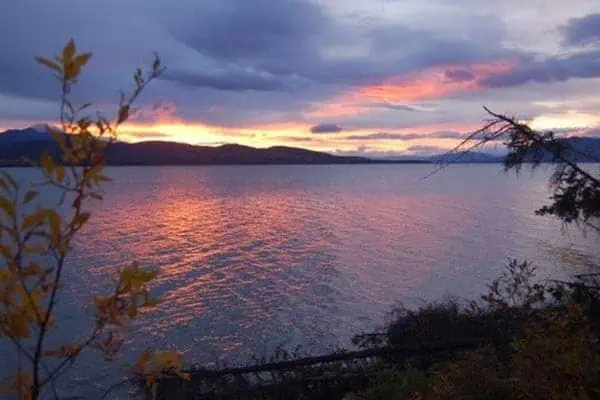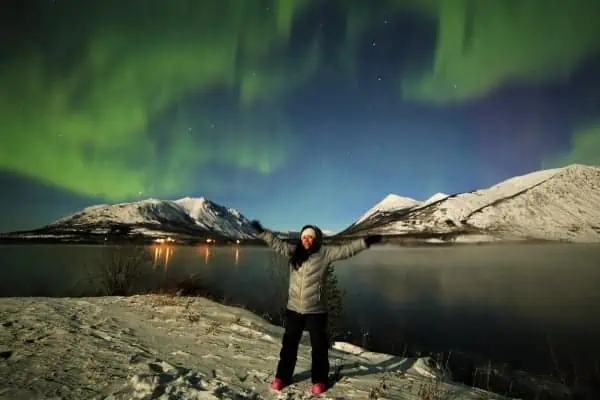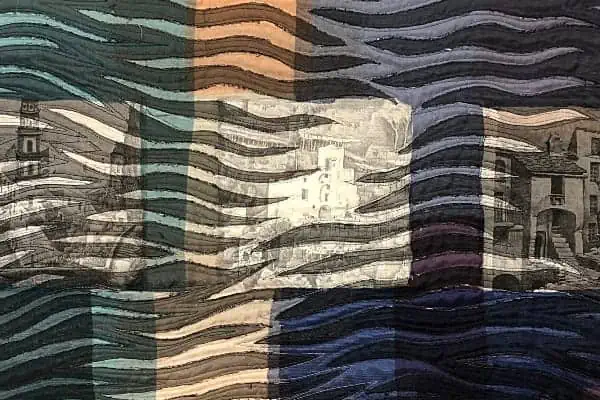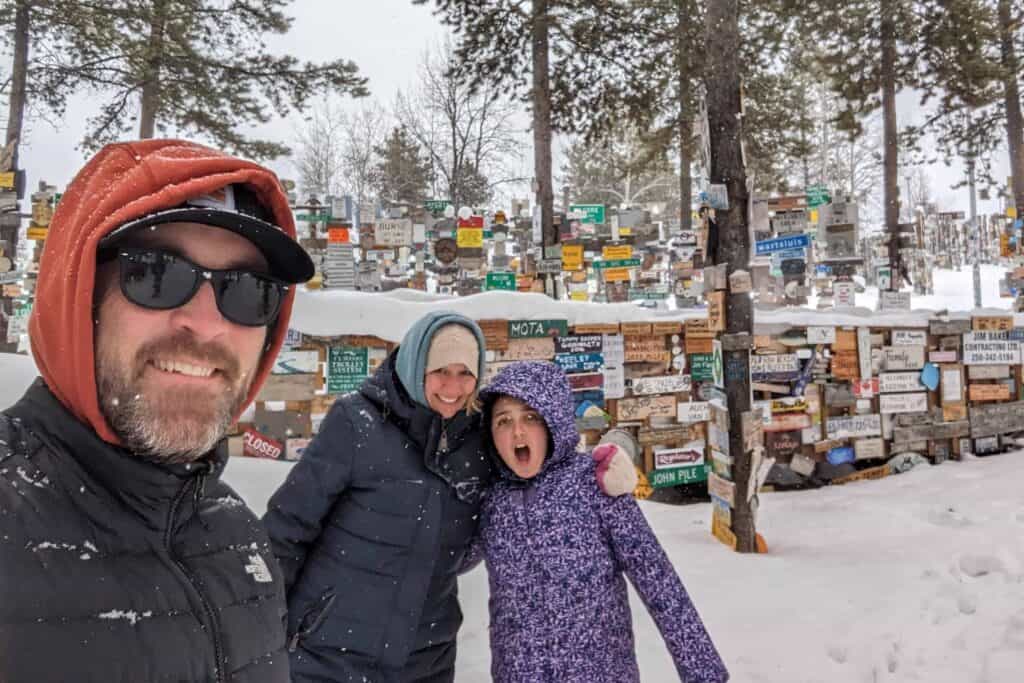For most astronomers there is always the memory of that first, jaw-dropping, eye-popping, “I don’t believe this is real” experience at the eyepiece of a telescope.
You even get the chance to hear the occasional, “Holy Smokes!” every once in a while at a star party, or a Saturday night at the local observing site.
Now try adding 30 or so enthusiastic Australians, and you have all the ingredients for an evening of unforgettable, fun and enthusiastic exploration of the night sky.
A few weeks ago I received a request to take some Australian visitors out for some deep sky observing and aurora watching. After a short 35-minute drive I arrived at The Inn on The Lake, out Marsh Lake way. (A fabulous location and excellent staff made for an ideal night under the stars.)
I arrived early, around 8:30 pm, to try and scout out the best vantage point for the telescopes and binoculars.
Wood decks are convenient, but usually very shaky, especially with 30 or more people on them. Opting for the well-treed and quite private front entrance area proved to be a far better choice.
Darkness arrived a little after 9:30 pm, with a half moon quickly climbing off the horizon. After checking out the view in all three telescopes, I decided the optimal view was obtained using the 14-inch Dobsonian.
Though this telescope is designed for trolling the deep skies for little green fuzzies (faint nebulae and galaxies), I have also found a few tricks that make this telescope an excellent lunar and planetary telescope.
Starting with the moon, even at low power this lens presents a view that is bright, very bright! Detail is staggering and you actually get a feeling of discovery and exploration of an alien world.
We punched up the magnification to 200-plus and were rewarded with craters aplenty, craggy mountain ridges, and the vast lunar seas. Lunar mountain peaks gleamed in the sunlight like brilliant fireflies, while the crater floors were half in and half out of shadows.
Next we toured all the local northern deep sky favourites, like the Andromeda Galaxy and her two smaller companions and the beautiful Whirlpool Galaxy. The Hercules Globular Cluster was also visible and drew many “oohs” and “aahs” from the crowd.
Everyone’s favourite deep sky objects of the evening were the Planetary Nebulae. These nebulae are the shells of gas expelled by ageing stars during an unstable phase in their life cycle.
We started with the Famous Ring Nebula, a perfect smoke ring just floating in space. This is the most viewed planetary nebula in the northern sky, and lies 1,500 light years distant.
The next nebula, called the Dumbbell, is not as famous, but is the largest and brightest planetary nebula in the northern night skies. In small telescopes the dumbbell shape is somewhat apparent, but in the large reflector the view was wondrous.
You could easily see the distinct dumbbell shape and with the special nebula filter the view filled the eyepiece with a truly remarkable sight. This nebula lies 900 light years distant and is more than two light years in diameter.
While we were in the neighbourhood we also checked out the Veil Nebula, and the double gold blue double star named Albireo. The nearby Coathanger star cluster (also known as Brocchi’s cluster) gets its name from its shape, as it looks like an upside-down coat hanger consisting of blue and gold stars.
Before the end of the observing session we also had the opportunity to see mighty Jupiter with its orbiting moons and always interesting cloud belts. The highlight was seeing the Giant Red Spot, an enormous storm that has been raging for hundreds of years and is larger than Earth.
Finally we had to call it a night, and what a great night it was, with our friends from down under. As an added bonus, the northern lights were starting to perform just as I was arriving home.
So take some time, a copy of Sky News Magazine, and your binoculars with a chair and go and enjoy those amazing night lights while the weather is still above the zero mark.
Clear Skies!
James “Deep Sky” Cackette can be reached at [email protected]. See his photo adventures on Facebook at Yukon Night Skies.




